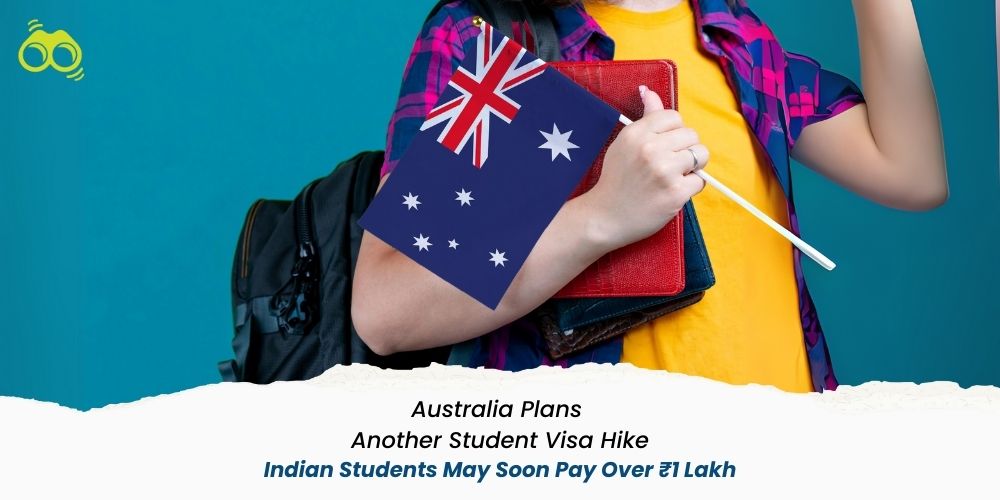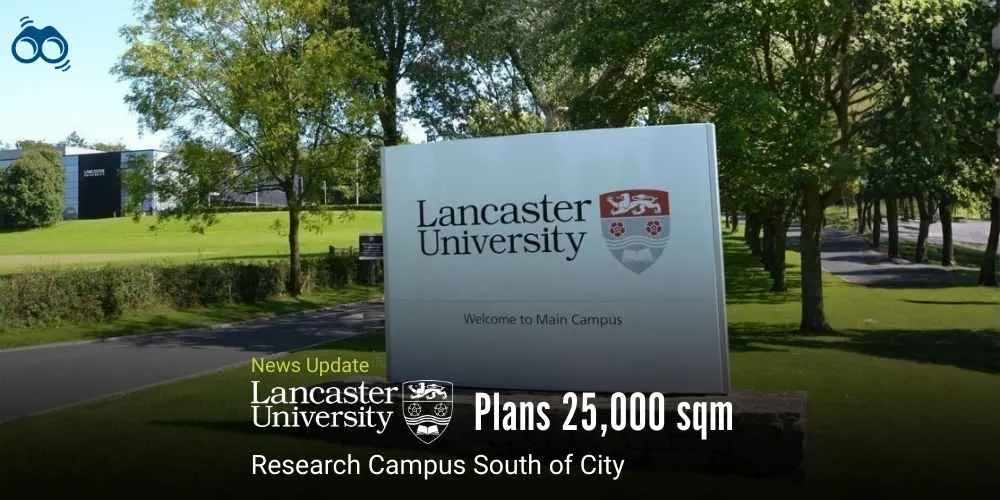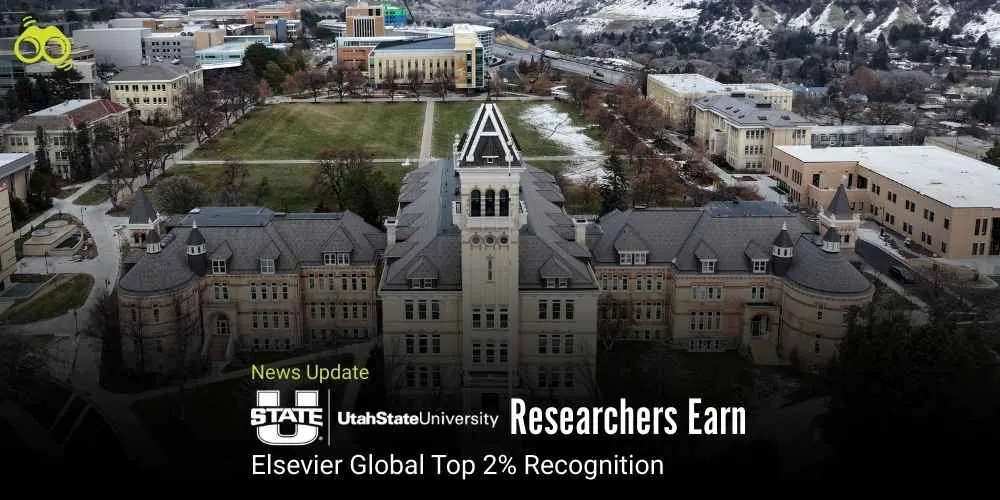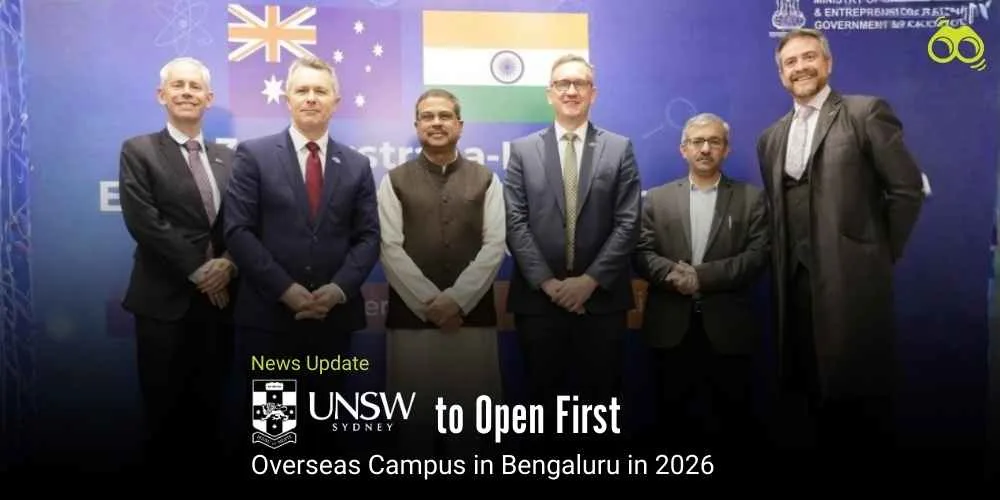International Students Confront Higher Costs as Australia Revises Visa Policies
Repeated Hikes in Australian Student Visa Fees Raise Concerns Among Experts
International students planning to study in Australia may soon face increased visa costs, as the ruling Labour Party has proposed a fee hike ahead of the federal election on May 3, 2025. According to the party, the student visa fee will rise to AUD 2,000 (approximately ₹1.07 lakh), a significant increase from the current fee of AUD 1,808. Treasurer Jim Chalmers and Finance Minister Katy Gallagher explained that the proposed hike is expected to generate AUD 760 million over the next four years. This adjustment, they emphasised, reflects the government’s efforts to address financial priorities, although it may have implications for international students.
Gallagher described the increase as a reasonable measure, highlighting the value of studying in Australia. This would mark the third fee hike within a short period, as visa fees previously increased from AUD 710 to AUD 1,600 in July 2023, and later to AUD 1,808 on April 1, 2025. If implemented, the new fees could widen the gap between Australia and other popular study destinations, such as the United States and Canada, where visa fees are significantly lower—USD 185 (₹15,781) and CAD 150 (₹11,400), respectively.
Meanwhile, Australia’s conservative opposition has proposed even higher student visa fees, suggesting a minimum of AUD 2,500, and AUD 5,000 for applicants to prestigious Group of Eight universities. Although international students remain a vital revenue source for Australian universities, their arrival in large numbers has contributed to record migration, intensifying pressure on the housing market. In February 2025 alone, nearly 200,000 international students arrived in the country, reflecting a 12.1% increase from the previous year and a 7.3% rise compared to February 2019.
In response to this surge, the Labour Party has pledged to cap student commencements at 270,000 for 2025, while the opposition advocates for a stricter cap of 240,000. Indian students continue to lead the trend, with India surpassing China as the top source of student visas to Australia. In February 2025, 2,734 Indian students received visas, following 2,398 approvals in January, bringing the total to over 5,000. Popular fields among Indian students include IT, engineering, business, and healthcare, driven by favourable post-study work options and vibrant campus environments.
However, education experts have raised concerns about the repeated visa fee hikes. Saurabh Arora, CEO of University Living, cautioned that these changes could prompt students to explore alternatives beyond Australia, such as the U.S., UK, and Canada. This concern is underscored by Australia’s sharp drop in international student interest in 2024, which declined by 50.8%. In addition, the Australian government recently increased Temporary Graduate visa (subclass 485) fees, which are commonly used by international students after graduation. The base fee rose from AUD 1,945 to AUD 2,235, with additional charges for adult applicants now set at AUD 1,115 and AUD 560 for those under 18.
Revised rates apply to all streams of the Temporary Graduate visa, including Post-Higher Education and Post-Vocational Education Work. Only the Second Post-Higher Education Work stream has lower fees, starting at AUD 880 for primary applicants, and AUD 440 or AUD 225 for secondary applicants, depending on age. The Department of Home Affairs explained that these changes account for inflation and processing costs.
Moreover, several top universities, including the University of Melbourne and the University of New South Wales, have raised tuition fees by up to 7% due to rising operational costs. At Melbourne, engineering tuition now costs AUD 56,480 annually, while clinical medicine programs are priced at AUD 112,832. The Albanese government defended the visa fee increases, asserting that the additional revenue would support educational initiatives, reduce graduate debt, and aid apprentices. Education Minister Jason Clare reaffirmed the government’s commitment to preserving the quality of international education. These developments indicate ongoing financial pressures within Australia’s education system, raising concerns about affordability for international students.
Editor's Note
The proposed increase in Australian student visa fees highlights a pressing concern for international education accessibility. While the government defends the hike as necessary to address financial priorities and support educational initiatives, it risks positioning Australia as a less attractive destination compared to countries with lower visa costs like the U.S. and Canada. Repeated fee hikes and rising tuition costs may deter international students, potentially impacting the diversity and vitality of Australian campuses.
Skoobuzz highlights that balancing financial sustainability with affordability is crucial to maintaining Australia’s reputation as a global education hub. As economic pressures persist, the need for thoughtful policies that support both students and institutions becomes ever more apparent.














0 Comments (Please Login To Continue)